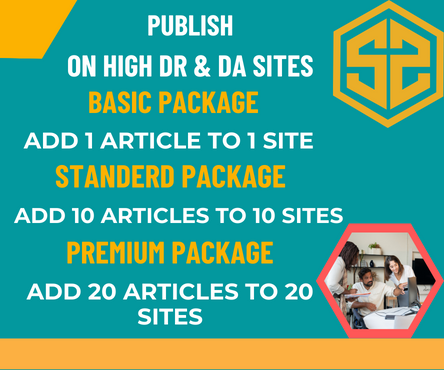In today’s digital-first world, a nonprofit’s website is more than just an online brochure—it’s a vital tool for outreach, fundraising, and storytelling. However, creating a website is only the beginning. Without regular maintenance, even the most beautifully designed nonprofit site can quickly become outdated, vulnerable, or ineffective. For more information please visit nonprofit website maintenance
Here’s why website maintenance is critical for nonprofit organizations and how to approach it strategically.
1. Ensure Security and Protect Donor Data
Nonprofits often collect sensitive information—donor details, volunteer sign-ups, and payment data. Regular website maintenance includes applying security patches, updating plugins, and backing up content. This reduces the risk of hacks, data breaches, and reputational damage.
Tip: Implement SSL certificates, use secure payment gateways, and schedule monthly security checks.
2. Keep Content Fresh and Relevant
A neglected website can hurt credibility. Outdated events, expired campaigns, or broken links give the impression of inactivity. Consistent updates help communicate that the organization is active and trustworthy.
Tip: Regularly review your homepage, blog, and donation pages to ensure accuracy and timeliness.
3. Improve User Experience
Your website is often the first point of contact for potential supporters. Slow load times, poor mobile optimization, or confusing navigation can discourage visitors. Maintenance tasks like optimizing images, checking mobile responsiveness, and fixing layout issues ensure a smooth experience.
Tip: Perform quarterly usability tests and update your design to match current web standards.
4. Boost SEO and Visibility
Search engines favor websites that are fast, secure, and regularly updated. Maintenance helps improve your rankings, which means more people can discover your cause organically.
Tip: Use SEO tools to monitor keyword performance, fix broken links, and keep metadata current.
5. Support Long-Term Growth
A well-maintained site is easier to scale as your organization grows. Whether launching new campaigns, adding volunteer portals, or integrating donation tools, proactive maintenance ensures your infrastructure can handle future needs.
Tip: Work with a web developer or agency familiar with nonprofit platforms like WordPress, NationBuilder, or Wix for nonprofits.
Final Thoughts
Website maintenance may not be flashy, but it’s a foundational element of digital success for nonprofits. By investing time and resources into regular upkeep, you’re not just protecting your site—you’re strengthening your organization’s ability to fulfill its mission.

